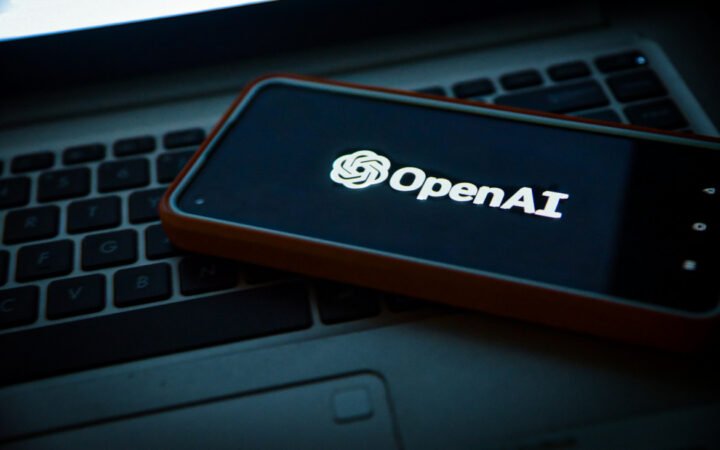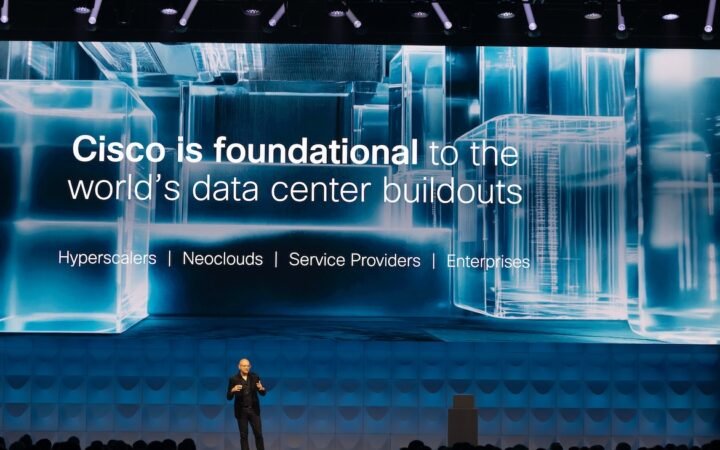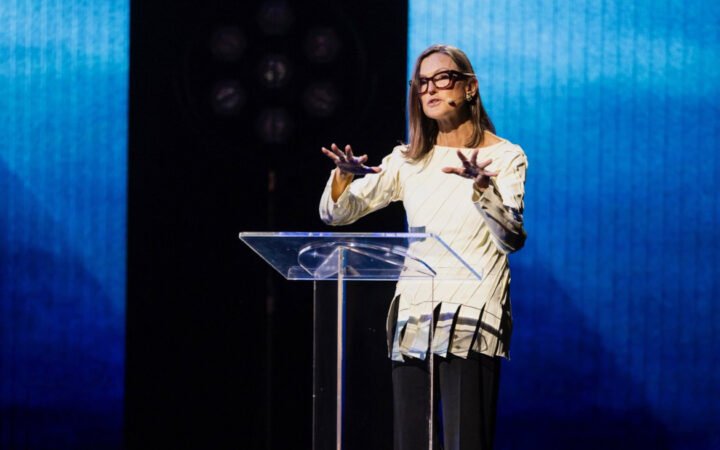
Nvidia, Fujitsu Partner to Build AI Robots and Infrastructure in Japan
Nvidia and Fujitsu have entered into a strategic collaboration to co-develop AI robotics and foundational AI infrastructure in Japan, aiming for deployment by 2030 and a ‘human-centric’ model of innovation.
Nvidia and Fujitsu have announced a broad partnership to develop advanced AI infrastructure, robotics platforms, and computing systems in Japan as part of a national effort to strengthen the country’s position in next-generation technology. The collaboration brings together Nvidia’s GPUs and AI software with Fujitsu’s MONAKA CPU lineup, networking, and systems integration capabilities.
“The AI industrial revolution has begun, and we must build the infrastructure to power it – in Japan and across the globe,” said Jensen Huang, founder and CEO of NVIDIA. “Fujitsu is a true pioneer in computing and Japan’s trusted leader in supercomputing, quantum research, and enterprise systems. Together, NVIDIA and Fujitsu are connecting and extending our ecosystems to forge a powerful partnership for the era of AI.”
The alliance focuses on creating a comprehensive AI stack that spans from chip-level integration to application deployment. A central goal is to design a new AI agent platform, built for continuous learning and adaptation across multiple industries.
The platform combines Nvidia’s NeMo and NIM microservices with Fujitsu’s orchestration technology, allowing companies to deploy specialized AI agents that can manage tasks autonomously while maintaining enterprise-grade security and scalability.
Fujitsu said the system will support a wide range of use cases, from intelligent robotics and automated manufacturing to health care diagnostics and energy management. The AI agents will be capable of learning from real-world data and adapting to user feedback, making them suitable for both commercial and industrial environments.
The companies also plan to co-develop zetascale-level computing infrastructure, capable of running massive AI workloads at lower power consumption. The architecture will integrate Fujitsu’s ARM-based processors with Nvidia’s CUDA platform through NVLink Fusion, creating high-speed, low-latency communication between CPUs and GPUs.
In robotics, the partnership includes discussions with Japanese manufacturer Yaskawa Electric to build AI-powered robotic systems for use in factories, logistics, and service environments. Executives from both firms described the approach as “human-centric,” emphasizing technologies that augment rather than replace human capabilities.
Fujitsu CEO Takahito Tokita called the collaboration a major step in creating “a new foundation for Japan’s digital society,” while Nvidia CEO Jensen Huang said it reflects a shared commitment to “accelerating industrial AI transformation.”
Beyond the hardware and software integration, both companies are forming a partner ecosystem that will include universities, research institutions, and private firms. The initial rollout will focus on Japan, with plans for global expansion by 2030.
The project aligns with Japan’s national AI and robotics initiatives and underscores a growing trend among major tech players to form cross-border alliances to address computing shortages and sustainability goals. For Nvidia, it strengthens its dominance in global AI compute infrastructure. For Fujitsu, it signals a transition from traditional IT systems provider to a full-scale AI and robotics leader.




